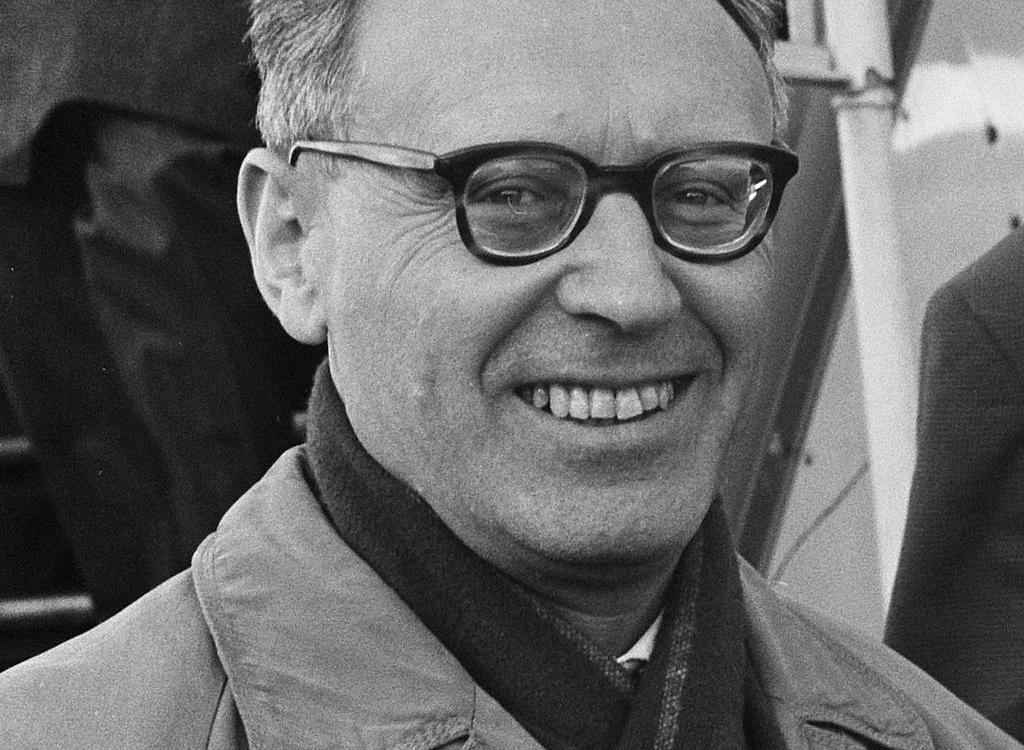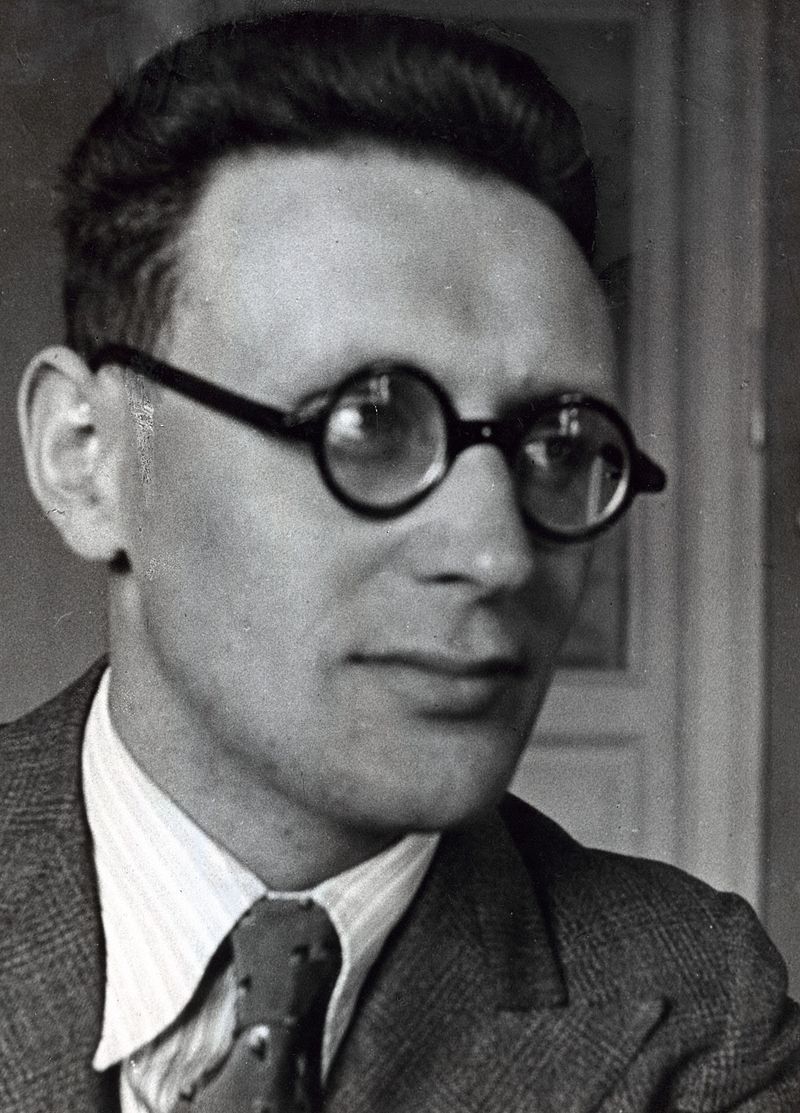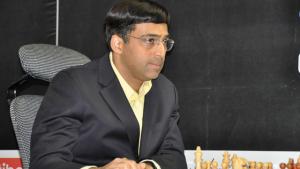
Botvinnik And The Winawer
After World War Two, the chess world (and the world in general) was abruptly changed. It is very clear that a demarcation line can be placed at 1945 between the old classical chess and modern chess.
There were many changes in the chess world around this time. During the war, there were far fewer tournaments, but many new ideas were developed in the seclusion of players' home study or in local tournaments. In particular, the King's Indian and Sicilian defenses became paramount -- the former especially developed in Soviet tournaments, with the new ideas only appearing on the international scene after the war.
Gone were the days when grandmasters could casually play many openings, or just play whatever everyone else did to get a reasonable position for the middlegame -- as Lasker and Capablanca tended to do. Now international players began to deeply prepare their openings at home. Having one's own finely sharpened weapons became a crucial element of success. Opening theory flourished, with many fascinating discussions occurring.
Another major development was the moving of the epicenter of chess towards the east. Before the world war, the Soviet players hardly took place in international tournaments, with the occasional exception of Mikhail Botvinnik. But chess had become huge in the Soviet Union, and after the war it became clear that the Soviet players were dominating chess.

The third major change was the death of the world champion, Alexander Alekhine, shortly after the war. This left the throne vacant for the first time, and caused the international chess federation, FIDE, to take over the organizing of the championship. Thus no longer did the champion pick his challenger, and no longer was the challenger for the world championship decided by who had the money to put up the stakes.
Now there was a consistent system of qualification and matches, which lasted for many years.
The first champion in this new era was Botvinnik, who won the title in the 1948 match tournament in The Hague and Moscow.
Botvinnik's deep preparations went further than those of Max Euwe and Alekhine. He specialized in a number of intricate systems, full of positional tension; for instance, against 1.e4 he played positionally sharp lines in the Classical Sicilian, the Dragon, the Modern, and most of all the French defense.
In a certain way Botvinnik's home study of openings was different from his predecessors. While players had since long before prepared concrete variations at home to spring on an unsuspecting opponent, Botvinnik prepared concepts -- he investigated structures, deeply exploring and discovering hidden positional and tactical themes, coming to obtain a profound understanding of the types of positions he reached from his openings.
These explorations were carried out with the help of many training games against other Soviet masters as well as profound analysis of his own tournament games.
This approach particularly suited him in his use of his main opening against 1.e4, the French defense, since it is an opening full of positional complexity but not so much concrete forcing variations. Botvinnik especially had a fantastically deep understanding of the positions arising from the Winawer. His results with the French defense were quite good. He had a huge plus score in games almost exclusively with world-class players.
First we will see a game from the 1944 Soviet Championship against his later challenger for the world championship, Vassily Smyslov. This was a typical Botvinnik game in the Winawer, with a very blocked and intricate position occurring.
Some years later Botvinnik began to prefer 5...Ba5. Here is a game from one of his secret training matches with his longtime second, Viacheslav Ragozin. Even if the game was only played in a training match, the battle was fierce and the conditions were made to resemble tournament play. For instance, Ragozin purposefully smoked in Botvinnik's face during some games to acclimate him to the typical situation in tournament rooms of those days. It is not clear, though, if this game also doubled as a "smoke training."
It's hard to imagine the profound effect that the new ideas coming out of the Soviet Union (to a large degree led by Botvinnik) had on the world of chess. Not long before chess, was becoming stagnant, asCapablanca had declared chess to be "dying of draws" and practically every game was beginning with the Queen's Gambit Declined.
Sharp positions were only reached later in the game, after someone made a serious mistake, and games between players of equal strength tended to lack any excitement whatsoever. The "hyper-modern" ideas of the 1920s and 1930s gave chess back some richness, but still chess seemed to be ruled by unshakable principles that a player only had to know to ensure correct play.
But suddenly a new kind of chess, with entirely new openings, began to appear. The concrete approach of the Soviet masters allowed for a wide exploration of possibilities that would never have been considered before.
Besides these types of unusual and sharp Winawer structures which we have seen here, there were also such openings as the King's Indian, amazingly sharp variations of the Sicilian, the Modern Defense, and crazy variations of the Slav, such as the Botvinnik line of the Semi-Slav.
Next week we will be looking at some of the unique ideas of Botvinnik's successor, Smyslov.






